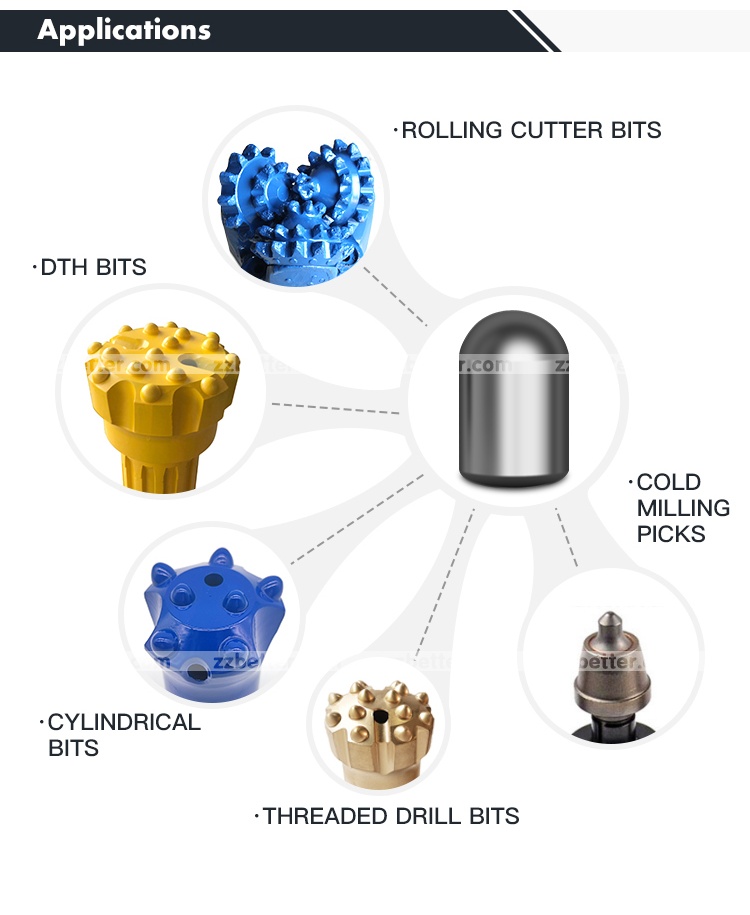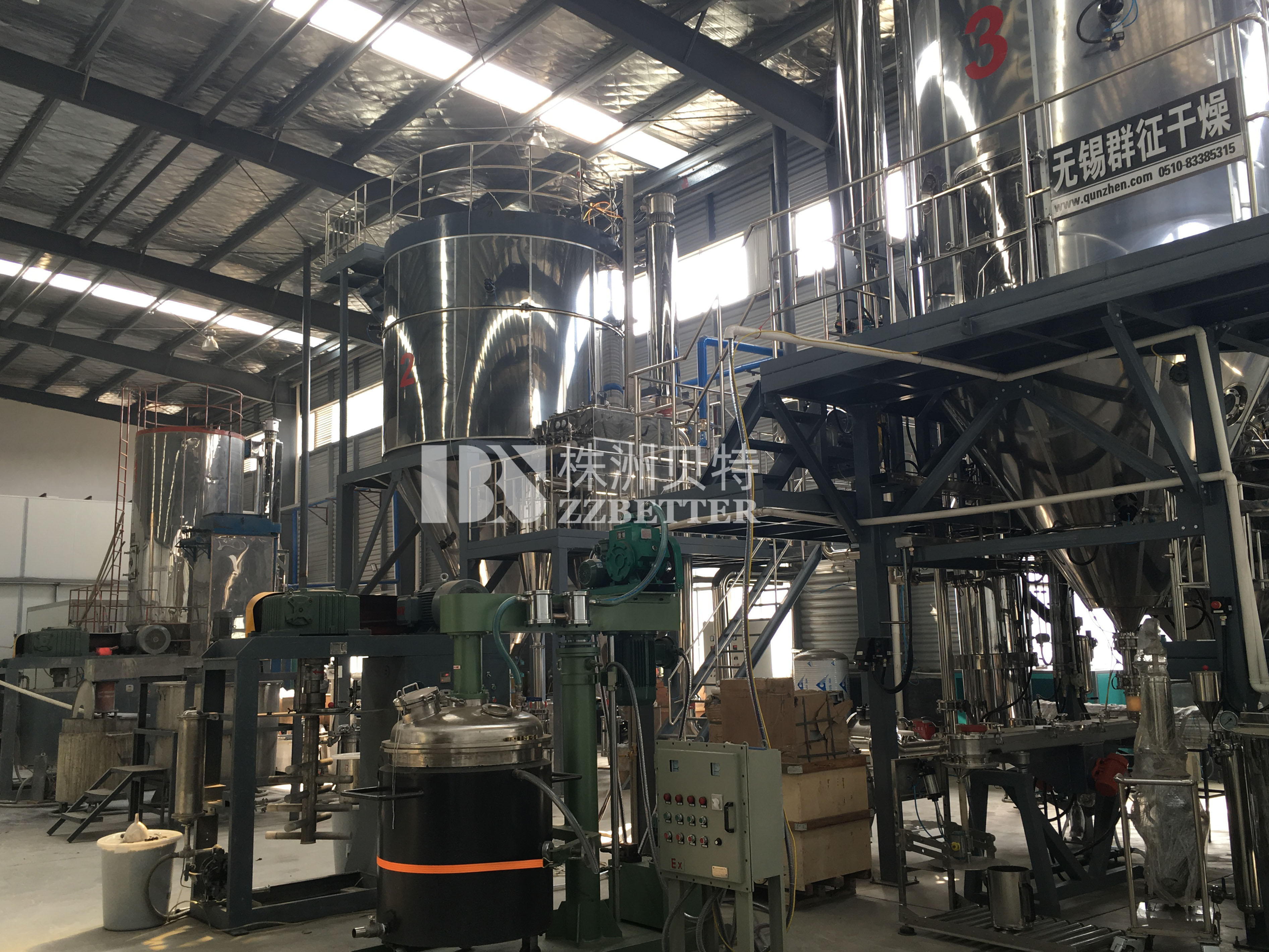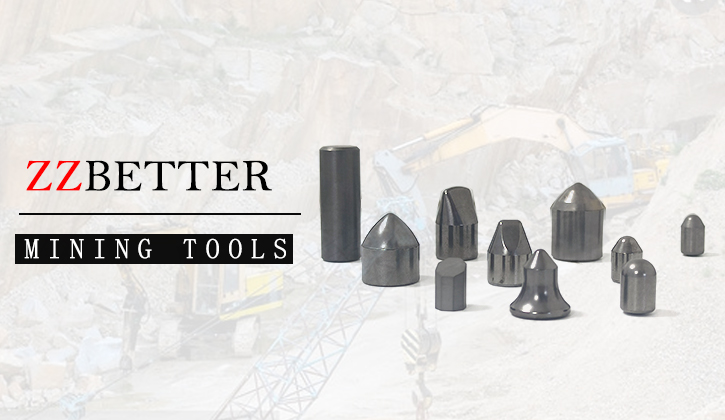Procedures of Carbide Buttons Manufacturing
Procedures of Carbide Buttons Manufacturing
Tungsten carbide is one of the most worldwide materials used in industry. The carbide button is made from tungsten carbide, so it has the properties of cemented carbide. The cylinder shape of tungsten carbide button bits makes it easy to insert into other tools by heat inlaying and cold pressing. Because carbide button inserts hold the properties of hardness, toughness, and durability, it is common to see them in various situations like well drilling, rock milling, road operation, and mining event. But how is the carbide button made? In this article, we will figure out this question.

1. Raw Material Preparation
The following procedures need the materials WC powder and Cobalt powder. WC powder is made of tungsten ores, mined and fined from nature. Tungsten ores will experience a range of chemical reactions, first with oxygen to become tungsten oxide and then with carbon to become WC powder.
2. Powder Mixing
Now here is the first step how factories make carbide teeth. Factories will add some binders (Cobalt powder or Nickel powder) in WC powder. Binders are just like the “glue” in our daily life to help combine tungsten carbide more tightly. Workers must test the mixed powder to ensure it can utilize in the following steps.
3. Wet Milling
During this procedure, the mixing powder will be put into a Ball Milling Machine and milled with liquid like water and ethanol. This liquid will not react chemically but facilitates grinding.
4. Spray Drying
This procedure always happens in a dryer. But different factories may choose different kinds of machines. The following two types of machines are common. One is Vacuum Dryer; the other is Spray Drying Tower. They have their advantages. Spray drying work with high heat and inert gases to evaporate the water. It can evaporate most of the water, which does better to the following two procedures Pressing and Sintering. Vacuum Drying does not need that high temperature but is expensive and costs a lot to maintain.

5. Pressing
To press powder into different shapes that customers need, workers will make a mold first. Carbide buttons come in different shapes so you can see different types of dies, with a conical head, ball head, parabolic head, or spoon head, with one or two chamfers, and with or without pinholes. There are two shaping ways. For the small size of buttons, workers will press by an automatic machine; for a larger one, workers will press by a hydraulic pressing machine.
6. Sintering
Workers will put pressed carbide bit tips on a graphite plate and in the Hot Isostatic Pressing (HIP) Sintered Furnace under the temperature of about 1400˚ C. The temperature must be raised at a low speed so that the carbide button shrinks slowly and the finished button has better performance. After sintering, it will shrink and only have nearly half as much volume as before.
7. Quality check
Quality checks are very important. Carbide inserts are first checked for properties such as hardness, cobalt magnetic, and microstructure to check for holes or small cracks. A micrometer should be used to check its size, height, and diameter before packing.

To sum up, producing cemented tungsten carbide button inserts should follow the procedures:
1. Raw Material Preparation
2. Powder Mixing
3. Wet Milling
4. Spray Drying
5. Pressing
6. Sintering
7. Quality check
For more productions and information, you can visit www.zzbetter.com.





















